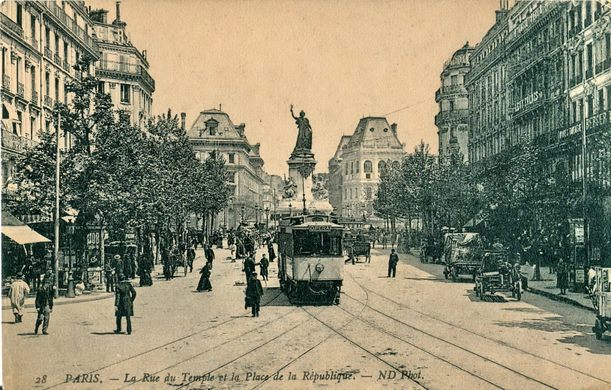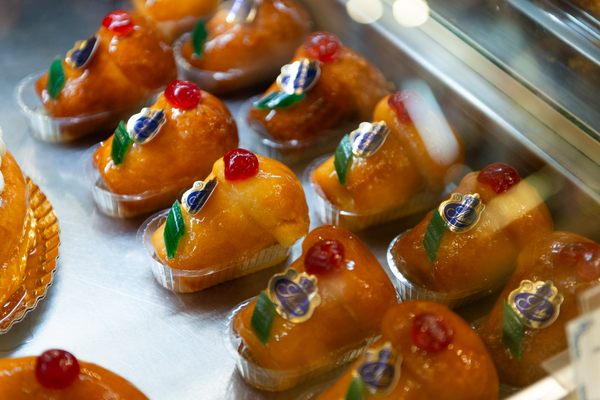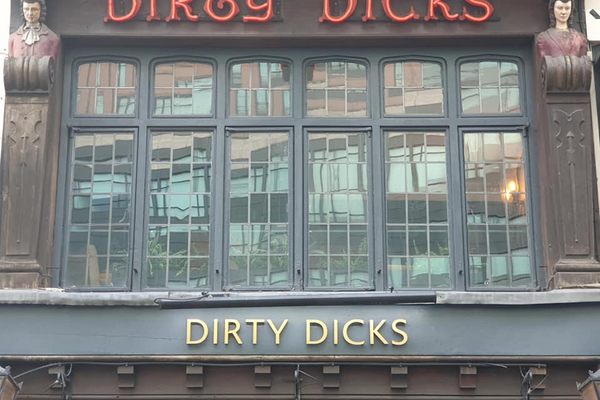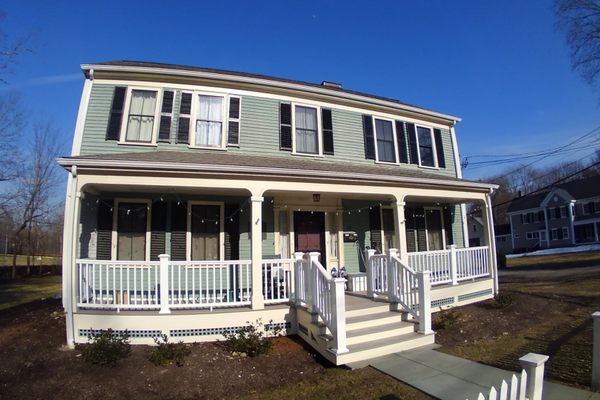Cours des Miracles (Court of Miracles)
Beggars were miraculously "cured" of their fake ailments when they returned home to this 17th century Paris slum each night.
The poor and homeless population of Paris ballooned during the reign of Louis XIV, from 1654 to 1715, leading to terrible slums in the city center where the unemployed and destitute relied on begging to survive. The least fortunate of Paris would venture out onto city streets during the day wearing guises like physical disability or disease in hopes of evoking sympathy.
But come nightfall, when the poor returned home to the slum and there was no more need to feign illness, they were miraculously “cured” of these ailments. The blind could see; the lame could leap. Hence one of the poorest and most notorious 17th century slum districts of Paris became known as the Cours des Miracles, or Court of Miracles.
In the late 18th and early 19th centuries, the large slums were demolished during the Haussmannisation renovation of Paris following the French Revolution. But the Court of Miracles was cemented in history: It inspired the settings of two of Victor Hugo’s famous novels, Les Misérables and The Hunchback of Notre-Dame. (The Court of Miracles even has its own song in the Disney animated adaptation of the latter.) In Hunchback, Hugo describes the slum as it once stood: “a gutter of vice and beggary, of vagrancy that spills over into the streets of the capital […] immense changing-room of all the actors of this comedy that robbery, prostitution and murder play on the cobbled streets of Paris.”
Know Before You Go
Take the Rue de Louvre from the Seine to the Rue d'Aboukir, then follow the Rue d'Aboukir. Rue de Damiette will be on your right. This plaque marks one location, but before you go, look up where the others were if you're really interested in investigating the hiding places of the beggars of old Paris.
Community Contributors
Added by
Edited by
The Atlas Obscura Podcast is Back!


















Follow us on Twitter to get the latest on the world's hidden wonders.
Like us on Facebook to get the latest on the world's hidden wonders.
Follow us on Twitter Like us on Facebook